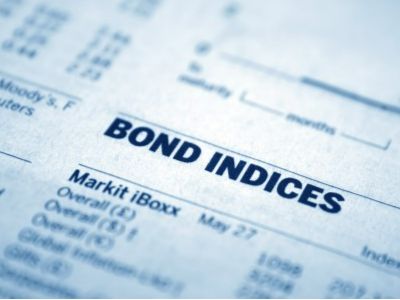Schroder: Focus on high dividend assets in a rate cutting cycle for structural opportunities.
2024-09-12 15:19
Schroder Fund Co-Manager Andy An wrote that, because the possibility of a rate cut by the US Federal Reserve in September is becoming clearer, there are still structural opportunities in various sectors of China's A-share market. Therefore, it is more preferable to hold a certain position in order to capture these structural opportunities.
Schroders Global Fund Deputy General Manager Anyun stated in a post that in August, the financial markets were volatile. From the perspective of market industry sectors, industries with high dividends such as banks, energy, and transportation showed strong resilience, while growth industries had relatively weak trends. He expressed a cautious neutral attitude towards the financial markets at the moment. With the possibility of a rate cut by the US Federal Reserve in September becoming clearer, there are still structural opportunities in various sectors of China's A-shares. Therefore, he leans towards holding a certain position to capture these opportunities.
Firstly, looking at the economic data from China in July and the recent mid-term performance of enterprises, the economy and corporate profits seem to be at a bottoming out stage. Two key words summarize this trend, namely "insufficient demand" and "downgrade in consumption". From the perspective of annual reports, this reflects a temporary double decline in income and profit margins, putting pressure on corporate earnings. When the mid-term earnings period for enterprises ends, a reevaluation of the valuation and profit status of the financial markets may be necessary.
Secondly, the signal for a rate cut in the US in September is becoming clearer, and the financial markets are seeking a balance between weak economic data and strengthened monetary policy. He believes that there is a high probability of a "soft landing" for the US economy, and the extent of the rate cut may not be as aggressive as the market expects, with a potential 50 basis point cut.
Thirdly, he believes that there are still structural investment opportunities to be found. Considering that stock market valuations are low, structural opportunities are likely to emerge in the stock market. Therefore, it is advisable to maintain a certain position to seek excess returns. Industries worth noting include high dividend yield stocks (with a focus on the sustainability of dividends/profits), some undervalued blue-chip stocks, sports, mechanical engineering, power equipment, solar photovoltaics, and electronic semiconductors.
Fourthly, from a long-term perspective, he recommends seeking returns from two key areas. The first is bond-like assets in stocks, namely high dividend assets. The logic behind these stocks is similar to long-term bonds, where in the backdrop of long-term declining interest rates, some companies with longer debt durations will continue to seek high-yield assets. High dividend stocks are a good choice, but attention should be paid to the sustainability of dividend payouts, profit capabilities, and business models when selecting them. The second area is the competition of Chinese companies in the global industrial chain. In the past two years, many companies have continued to gain market share in the global market, which is a rare area of structural growth worth exploring carefully.
HSBC: expects the Federal Reserve to cut interest rates three times by 25 basis points this year, maintains a high allocation to global equities and high-quality bonds.
UBS Wealth Management: Large technology companies are expected to increase capital expenditures in AI by 47% and 16.5% in the next two years.
RECOMMEND

AMAC: In January, 137 new asset-backed special plans were filed, with a total scale of 1122.64 billion yuan.
26/02/2025

Schroder Investment: Investors should consider allocating funds to securitized credit and insurance-linked securities.
26/02/2025

Reuss County Asset Annual Reflection: Policy Tipping Point is very clear. The semiconductor industry in 2025 is a game for the brave.
26/02/2025


